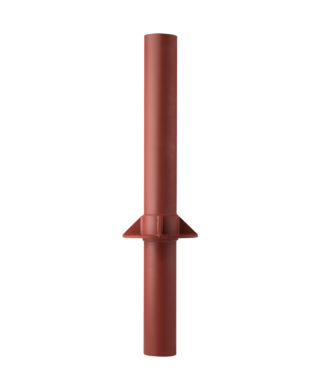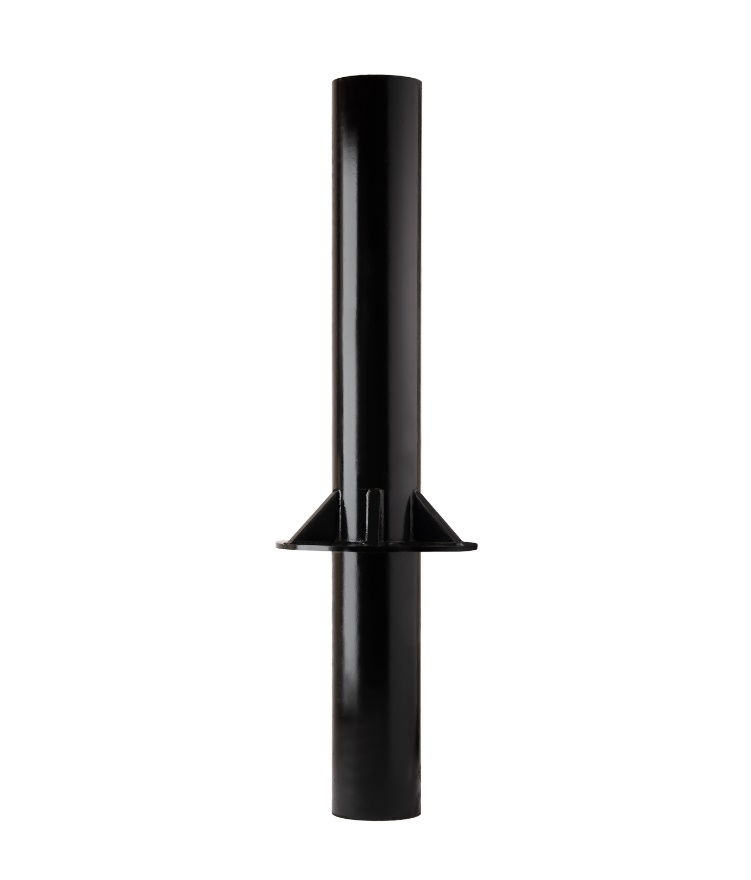I recently watched a very interesting webinar presentation about bollard crash rating developed by the US Department of State after 9/11. Reliance Foundry (https://www.reliance-foundry.com/bollard#gref) presented the webinar.
Bollards are rated for their crash resistance at various speeds and how well they stop a semi-tractor with a trailer after possibly overrunning the bollard. Bollard size is matched to typical vehicle size to be protected against. Reliance has three sizes shown above for (from left to right) passenger, pick-up trucks, and semi-tractors at 15 to 50 MPH. For example, the left bollard will stop a passenger vehicle traveling at 40 MPH (called ASTM C40 Bollard). The middle bollard will stop a 15,000-pound vehicle (a pick-up truck – medium duty delivery vehicle) at 30 MPH. The right bollard is called a M50 bollard. It is designed to stop a 15,000-pound vehicle traveling at 50 MPH at a 3.3-foot penetration into the protected area.

Single installation is simple, a 3-foot by 3-foot square PCC to a depth past the frost line. Some bollard manufacturers have a detail that add short lengths of reinforcing steel through the bottom of the bollard to prevent pullout by a ramming vehicle. For a series of bollards, details often show a trench with a “cage” of reinforcing steel. The intent of the reinforcing steel is to prevent bollard “pullout” as a vehicle hits, bends, and pulls on the bollard. The prongs on the heavy-duty bollard provides the same resistance
The prices are roughly $750, $3,250, and $5,500 – for low, medium, and heavy-duty bollards, respectively. In our experience, the install cost adds an another 1.0 to 1.5 times the material cost. Bollard covers or sleeves will add to the cost.
Reliance, as well as other manufacturers, make stainless steel and plastic sleeves to enhance the bollard appearance.
Figures from Reliance Foundry


